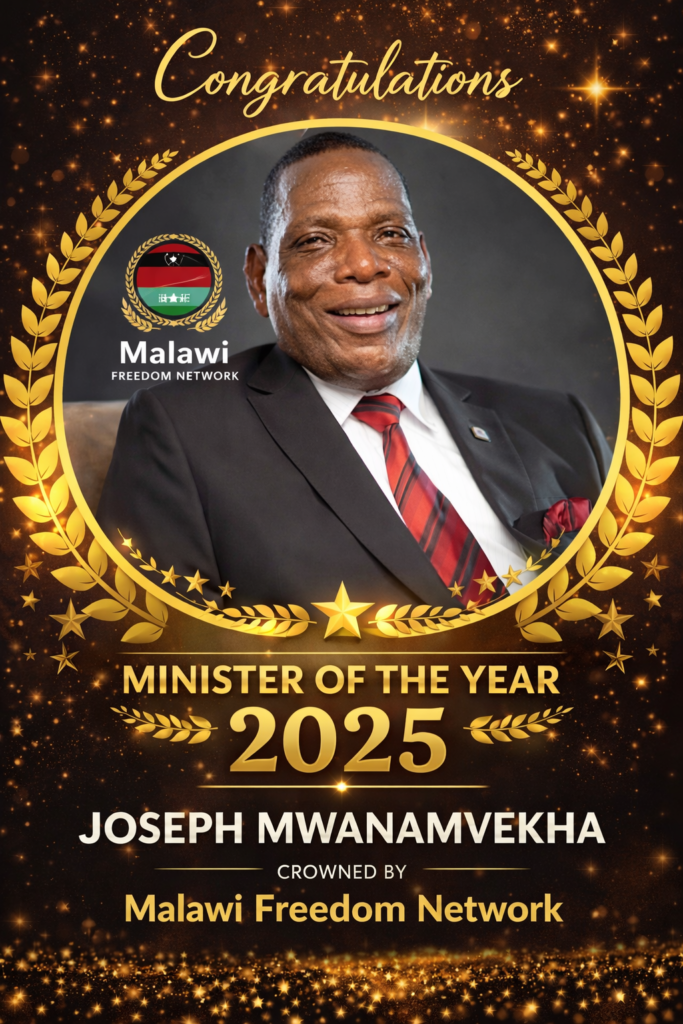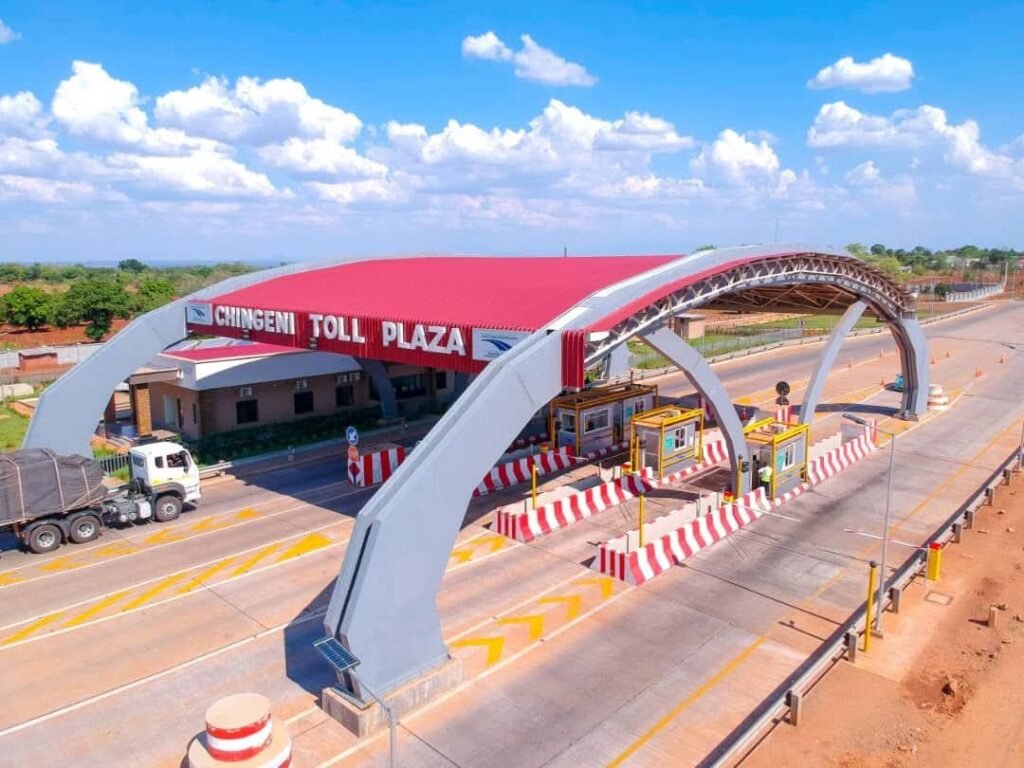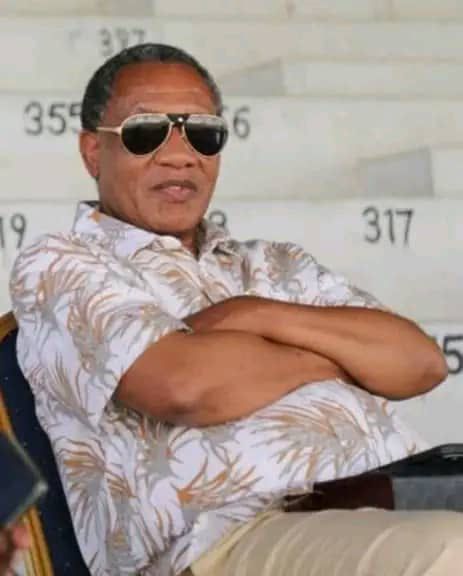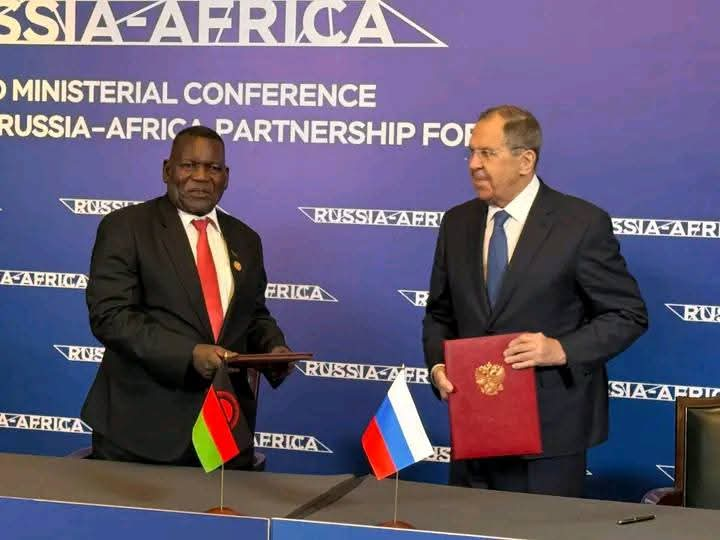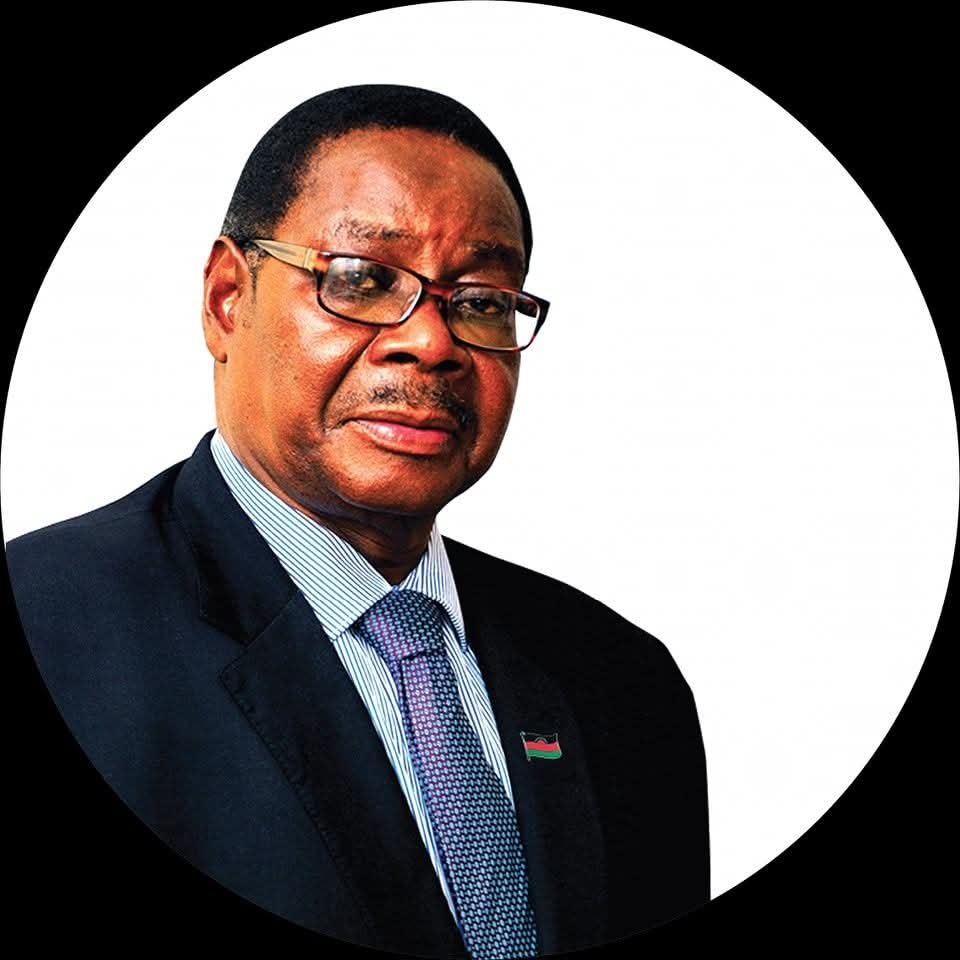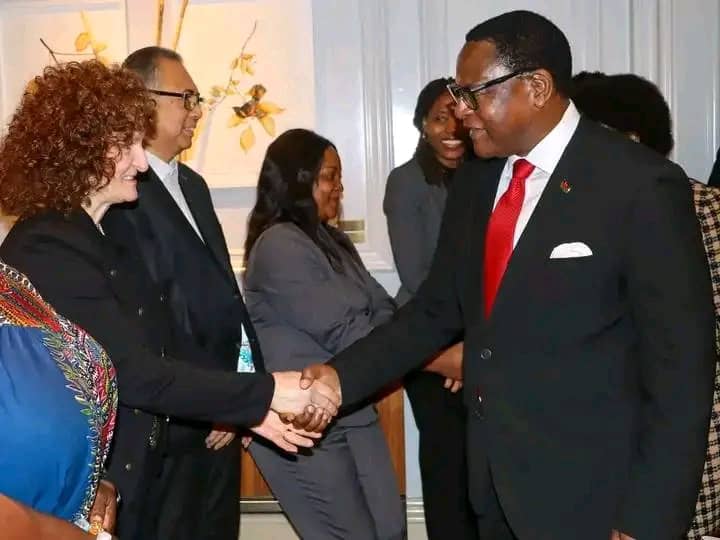By Twink Jones Gadama
The era of Malawi Congress Party (MCP) rule was marked by a dark period of executions, which left an indelible mark on the country’s history. The hangings, which took place at the maximum-security prison in Zomba, were a spectacle of horror, fear, and despair. This essay attempts to recreate the terrible moment of execution, highlighting the details of the hanging process, the reactions of those facing death, and the atmosphere in the execution chamber.
The hangings were carried out in a specially designed chamber within the prison walls. The room was dimly lit, with a single beam of light shining down on the gallows. The air was thick with tension, heavy with the weight of impending death. The gallows, a sturdy wooden structure, stood ominously in the center of the room, its noose dangling menacingly.
As the condemned prisoners were led into the chamber, their reactions varied. Some were calm and resigned, while others were visibly shaken, their eyes wide with fear. Some prisoners would pray, others would cry, while others would remain stoic, refusing to show any emotion. The guards would lead them to the gallows, where the executioner would await.
The executioner, a tall, imposing figure, would wear a black hood to conceal his face. His presence was intimidating, and his silence was deafening. He would methodically prepare the noose, his hands moving with a practiced ease. The executioner was a specially trained officer, tasked with carrying out the ultimate punishment. He was not a policeman or a prison warder, but a man specifically employed for this purpose.
As the executioner worked, the prisoners would often look around the room, searching for a glimpse of hope. They would see the faces of their relatives, who had been allowed to attend the execution. The relatives would be seated in a designated area, their faces etched with grief and despair. Some would be praying, others would be crying, while others would be frozen in shock.
In the moments leading up to the execution, the atmosphere in the chamber would become increasingly tense. The air would be thick with anticipation, and the silence would be oppressive. The executioner would give a nod, and the guards would lead the prisoner to the gallows. The noose would be placed around the prisoner’s neck, and the executioner would pull the lever. The sound of the trapdoor opening would be followed by a sickening thud, and the prisoner would be gone.
In the aftermath of the execution, the chamber would be filled with an eerie silence. The relatives would be led out, their faces etched with grief. The guards would remove the body, and the executioner would disappear into the shadows, his work done. The chamber would be left empty, a haunting reminder of the terrible moment that had just passed.
The MCP era of executions was a dark period in Malawi’s history, marked by fear, intimidation, and violence. The hangings, which took place in the maximum-security prison, were a spectacle of horror, a reminder of the brutal power of the state. As we reflect on this period, we are reminded of the importance of upholding human rights and the rule of law, and of the need to ensure that such atrocities are never repeated.
Exit Hastings Kamuzu Banda ,enter Lazarus Chakwera with a bold narrative ,”I am ready to shed blood.”
Such horrific words said by Chakwera were not withdrawn and he never showed any sign of being remorseful.
Malawians are in agony under Chakwera the retired Reverend
- Muslim Disaster Relief Aid Targets K10 Billion to Fight Hunger in Malawi
- Malawi Courts UAE-Based Dalil Technology Company for Strategic IT Investment
- Africa’s Biggest Football Party Kicks Off Tonight in Morocco
- MLS Slams Police ‘Media Trials’ in KUHeS Murder Case
- Malawi Freedom Network Crowns Joseph Mwanamvekha “Minister of the Year” for Exceptional Leadership
- Passengers Stranded in Dubai as Uganda Airlines Flight Delayed for Three Days
- Where Fuel Is Almost Free: Inside the World’s Cheapest Petrol Markets
- HTD Limited Backs Football Legends in Historic International Friendly
- CDEDI Turns Up Pressure on Road Fund Over Toll Money Transparency
- Nomads End Eight-Year Wait in Grand Style
- DPP under professor Arthur Peter Mutharika: A government that means business
- Malawi Champions Stronger Russia–Africa Ties at Ministerial Conference in Cairo
- Mutharika: Leadership Rooted in Supply, Stability, and Development
- Mighty Wanderers Crowned TNM League Champions After Emphatic Blantyre Victory
- Two Killed, 17 Injured in Mzimba Road Accident
- Mwanamvekha Secures UAE Backing for Airport Upgrade, Mining Investment
- Celebrate the Season in Style: Ekhaya Farms Has Your Fanta & Ice Packs Ready!”
- Police Roadblocks Bypassed in Broad Daylight: Ntcheu Drivers Unstoppable
- Pacific Limited Honoured for Leading Role in Cholera Fight Through Free Borehole Rehabilitation
- South Africa Police Arrest Migrants on Homebound Buses Ahead of Christmas






